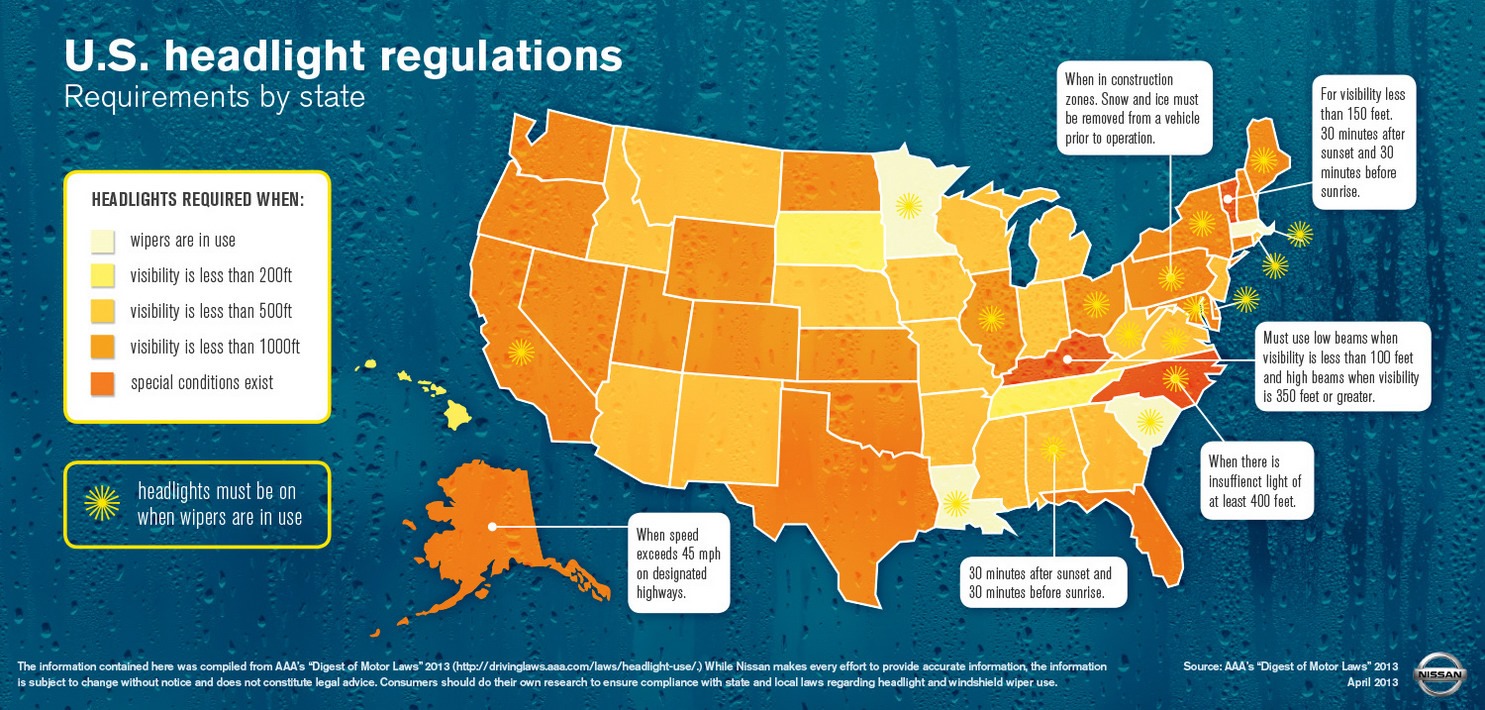(Source: Times of India; Bloomberg)

Image Courtesy: Apture
India exported a total of 2,30,000 cars, vans, SUVs and trucks between January and July 2009, a growth of 18% even as China’s exports tumbled 60% in the same period to 1,65,000 units.
The Indian domestic market may be just 19% of China’s — which has overtaken the US to become the world’s largest — but the ‘Made In India’ tag, especially on small cars, has clearly acquired a global cachet, helping auto exports grow even as other countries suffered a slump.
Industry experts pointed out that India scores due to its liberal investment policies and high quality manufacturing which stems from its growing prowess in research and development.
India’s biggest advantage is its edge in small cars and the way companies — including global giants — are using the market for selling, as well as developing, new compact models.
Suzuki Motor Corp.,Hyundai Motor Co., and Nissan Motor Co. are making India a hub for overseas sales of minicars as incentives lift demand for smaller, fuel-efficient autos. Helped by cheaper labor and a surging local market, India this year overtook China in auto exports and is challenging Thailand and South Korea as an alternative production center in Asia.
“There is a worldwide shift toward fuel-efficient, compact cars,” said Jayesh Shroff, who helps manage about $7 billion of assets including carmaker shares at SBI Asset Management Co. in Mumbai. “This offers a huge potential for India and it can emerge as a leader in the small car segment.”
“There is a worldwide shift toward fuel-efficient, compact cars,” said Jayesh Shroff, who helps manage about $7 billion of assets including carmaker shares at SBI Asset Management Co. in Mumbai. “This offers a huge potential for India and it can emerge as a leader in the small car segment.”
In contrast, China’s exports slumped 60 percent to 164,800 between January and July, according to government data. Vehicles produced in Thailand for export declined 43 percent to 263,768, according to the Thai Automotive Club.
Besides the attraction of serving a market where three of four cars bought are compacts, automakers will favor India to set up an export base as China requires companies to form local joint ventures and India doesn’t, said Ashvin Chotai, London- based managing director of Intelligence Automotive Asia Ltd.
Small cars will account for 95 percent of the 690,000 passenger vehicles India will export in 2015, according to Tim Armstrong, Paris-based director of IHS Global Insight Inc. In 2016, India may share the top slot with Japan as the world’s biggest small car producer, building as many as 3 million units.
Indian labor costs are about 10 percent of that in the U.S. and Europe and raw material costs in the nation are lower by 11 percent, according to Puneet Gupta, an analyst at CSM Worldwide Inc., an industry consultant. Developing a car from the design stage in India may take $225 million to $250 million, while in Europe it may be $400 million.
Click here to read more.





